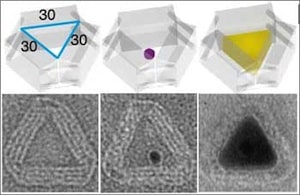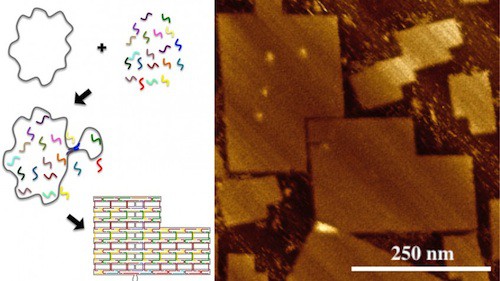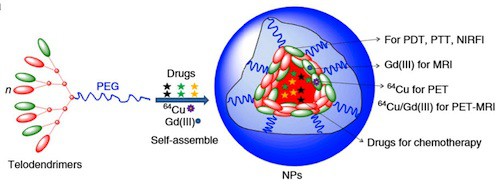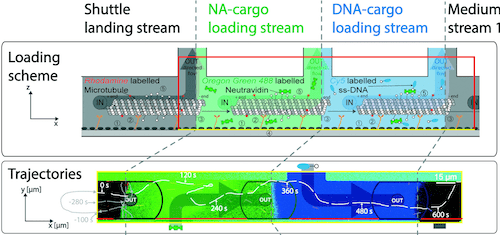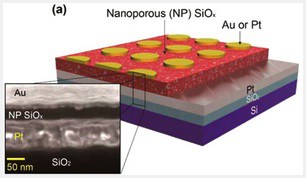Metal or other inorganic nanoparticles of 20 to 30-nm scale can be cast in arbitrary 3D shapes and configurations dictated by stiff, atomically precise molds constructed using scaffold DNA origami.
Using DNA nanotechnology to cast arbitrarily shaped nanoparticles
